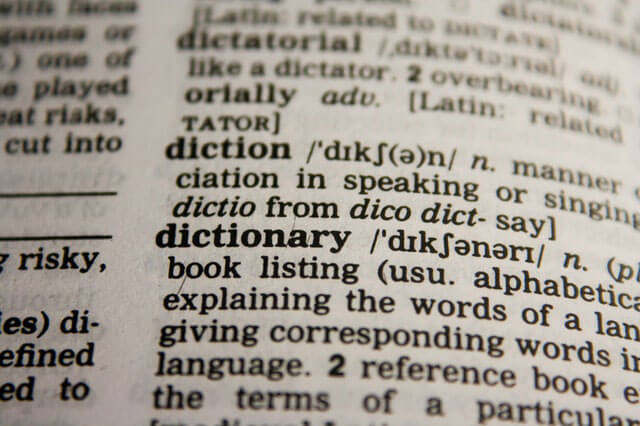Absolute Threshold: A Definition With Examples
The absolute threshold is the smallest amount of a stimulus that a person can detect 50% of the time. It can involve any of the senses, including hearing, taste, vision, smell, and touch. The term absolute threshold is often used in psychology research yet students are often confused about what it means. Let’s take a…

The absolute threshold is the smallest amount of a stimulus that a person can detect 50% of the time. It can involve any of the senses, including hearing, taste, vision, smell, and touch.
The term absolute threshold is often used in psychology research yet students are often confused about what it means. Let’s take a closer look at the definition of the absolute threshold and explore some examples of how it is used in psychological research.
How Absolute Threshold Works
For example, imagine that researchers are conducting an experiment on light detection. In such an experiment, researchers may place participants in a dark room and then ask them to say when they can detect a light stimulus.
The absolute threshold is the smallest amount of light stimulus that the participants can detect.
However, it is important to realize that when a stimulus is at such a low level, participants might be unable to detect it in every instance. Because of this, the absolute threshold is usually defined as the lowest level of a stimulus that people can detect at least half of the time.
In our previous example, this would mean that the participants would need to detect the lowest level of the light stimulus at least 50% of the time.
The absolute threshold can be used to identify the minimum level at which a person can detect a variety of stimuli, including vision, hearing, touch, smell, and taste.
The Absolute Threshold for Vision
The absolute threshold for vision involves the smallest level of photons that a person can detect at least 50% of the time.
One classic vision experiment found that many different factors can influence the absolute threshold for vision. These include:
- The location of the stimulus
- The duration of the stimulus
- The wavelength of the stimulus
- The strength of the stimulus
It can also be affected by whether or not the participants had experienced darkness adaptation. In other words, people can detect light stimuli at lower levels once their eyes have adapted to the dark.
Just think of what it is like when you first enter a dark room after leaving a light room. At first, it can be very difficult to see anything, but once your eyes have adapted to the dark you are better able to detect visual stimuli and your environment.
The Absolute Threshold for Hearing
The absolute threshold for hearing her first to the lowest sound level that a person with normal hearing can detect at least 50% of the time when no other sounds are present. For example, researchers might test the absolute threshold for the detection of the sound of a metronome.
In general, children tend to be able to detect lower levels of sound in adults because their hearing is more sensitive. As people age, hearing tends to decline.
The Absolute Threshold for Smell
The absolute threshold for scent is the minimum level of concentration the person can smell. For example, researchers might release small levels of a scent into a room to see if a participant can detect the smell.
Factors that might impact the absolute threshold in this case include:
- The strength of the scent
- The size of the room
- Any other scents that might be present
Why the Absolute Threshold Is Important
The absolute threshold plays an important role in psychological research. One important thing to remember is that the absolute threshold should not be confused with the difference threshold. The difference threshold relates to the smallest detectable difference between two stimuli.
It is also important to recognize that a variety of psychological factors can play a role in influencing the absolute threshold. Motivation, emotion, and other psychological states have an effect on whether a person can detect a stimulus in their environment.
Sources:
American Psychological Association. Absolute threshold.
Koenig D, Hofer H. The absolute threshold of cone vision. J Vis. 2011;11(1):10.1167/11.1.21 21. doi:10.1167/11.1.21
Meddis R, Lecluyse W. The psychophysics of absolute threshold and signal duration: a probabilistic approach. J Acoust Soc Am. 2011;129(5):3153-3165. doi:10.1121/1.3569712
Orellana-Escobedo L, Ornelas-Paz JJ, Olivas GI, Guerrero-Beltran JA, Jimenez-Castro J, Sepulveda DR. Determination of absolute threshold and just noticeable difference in the sensory perception of pungency. J Food Sci. 2012;77(3):S135-S139. doi:10.1111/j.1750-3841.2011.02589.x




